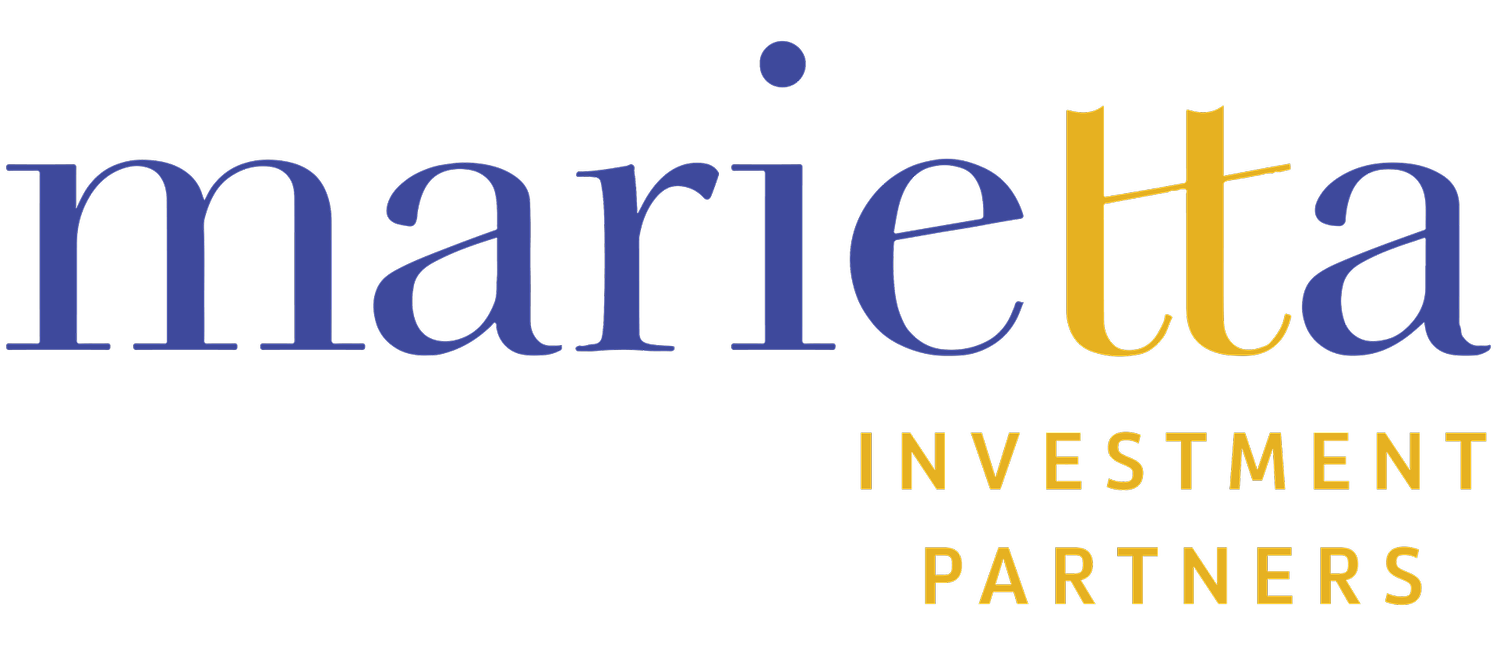The Health of the US Consumer
More Powerful than AI: the US Consumer
Artificial Intelligence headlines capture much of the focus, but the US consumer remains the most powerful engine fueling the economy, accounting for ~70% of GDP. Consumption includes three buckets: durable goods (vehicles, appliances, furniture), nondurables (food, clothing, gas), and services (healthcare, education, rent). When US consumers are on solid footing, the entire economy follows, and the impact is felt worldwide. One crucial nuance is that the highest-earning 10% of households account for about half of total consumer spending, which meaningfully shapes the aggregate data and market outcomes. [GU1]
In a world of information overload, it is critical to understand the basics when doing objective analyses. Since we’re interested in the health of the US consumer, we first need to understand household economics at the individual level.
Home Economics
A household’s financial health can be boiled down to a simple equation:
MONEY IN (paychecks + investment income + gov’t transfers) – MONEY OUT (spending + debt payments + taxes) = (+) SAVINGS OR (-) DEBT.
Recall that the “spending” part of the above equation accounts for ~70% of GDP. When this equation consistently produces savings, households acquire assets like cash reserves, retirement and brokerage accounts, home equity, businesses, and real assets. Over time, those assets can produce income and make “money in” less dependent on a paycheck, allowing for increased consumption and further investment. This is a propitious cycle that gets stronger over time. On the other hand, when this equation regularly breaks even or is negative, households will struggle to overcome economic challenges like high inflation or a weak labor market. Over time, this becomes a vicious cycle. Right now, economic data is revealing a widening gap between households with income-producing assets and those without.
What the Data Shows
MONEY IN:
Labor market (paychecks):
Real wage growth: Various datapoints show 1-2% wage growth after inflation year-over-year but flattening month-over-month numbers have stopped positive momentum.
Hourly earnings: Latest reading (from September) shows decelerating trend but still a solid 3.8% year-over-year growth.
Jobs: Net jobs created have dried up in the second half of the year. This is a concerning trend but has not collapsed and has rebounded from lows.
Jobless claims: Have remained range bound at healthy levels.
Unemployment rate: 4.4% is higher than cycle lows (3.5%) but in-line with a healthy labor market (most recent reading is the August number).
Investment income:
Stock market: A third consecutive year of strong stock market returns.
Other investments: Rents are up (investors collect rent), and most financial assets have provided positive year-to-date returns.
Real disposable income:
+1.9% y/y from the latest data in August. Stable but lower than the 10-year average.
MONEY OUT:
Spending:
Personal consumption data remain firm, with retail sales rebounding over the summer from a spring swoon. Business revenues are strong.
Inflation (CPI, PCE):
Headline inflation has crept higher to around 3.0%, when earlier in the year it was closer to 2.5%. The data is heading in the wrong direction here and that puts pressure on all households. No one is spared from inflation, though the impact to those living paycheck-to-paycheck and fixed income is much more severe.
SAVINGS AND DEBT:
Personal savings rate: 4.6% and in a downward trend, reaching lowest reading in 10 years outside of the inflation spike in 2022 (last reading in August).
Delinquencies (aggregate): 4.5% of outstanding debt was in some stage of delinquency in the 3rd quarter, +0.1% than the previous quarter and in-line with normal ratios. This number is being driven higher by student loan delinquencies now that student loan payments have resumed.
Autos: Subprime borrowers who are at least 60 days late on their car loans reached 6.65%, the highest level since they began collecting this data in 1994. Subprime borrowers are 14.4% of consumers tracked. Prime borrowers are stable and low at 0.4%.
Mortgages: In the 3rd quarter, loan delinquencies rose slightly, with the Federal Housing Authority loans rising by a greater amount than all other loans. Though higher, levels are consistent with historical norms.
Net worth: Household net worth is near record highs, reflecting equity and home price strength for asset-owning households.
Consumer sentiment (in the tank even as spending holds up):
University of Michigan Consumer Sentiment Index – Declined in November and is near 10-year lows, with one key exception: consumers with the largest tercile of stock holdings posted a notable 11% increase in sentiment.
Conference Board – Declined for 3rd consecutive month (10/28/25) and is -14% year-over-year.
Our Outlook: One Economy, Two Consumers
The aggregate data is holding up well and shows a resilient consumer, but a look under the hood reveals a split. Asset-owning households enjoy tailwinds from portfolio and home equity gains; they’re still spending and investing. Households without income-producing assets face rising costs, higher borrowing rates, and are dependent on their wages to balance their budgets (amidst a weakening labor market). This divergence produces a K-shaped pattern: stability at the top, strain at the bottom. This is why you might hear reference to a “K-shape economy" when discussing the US consumer. We do not forecast an end to this phenomenon until inflation eases, the labor market improves, and/or long-term interest rates fall.

